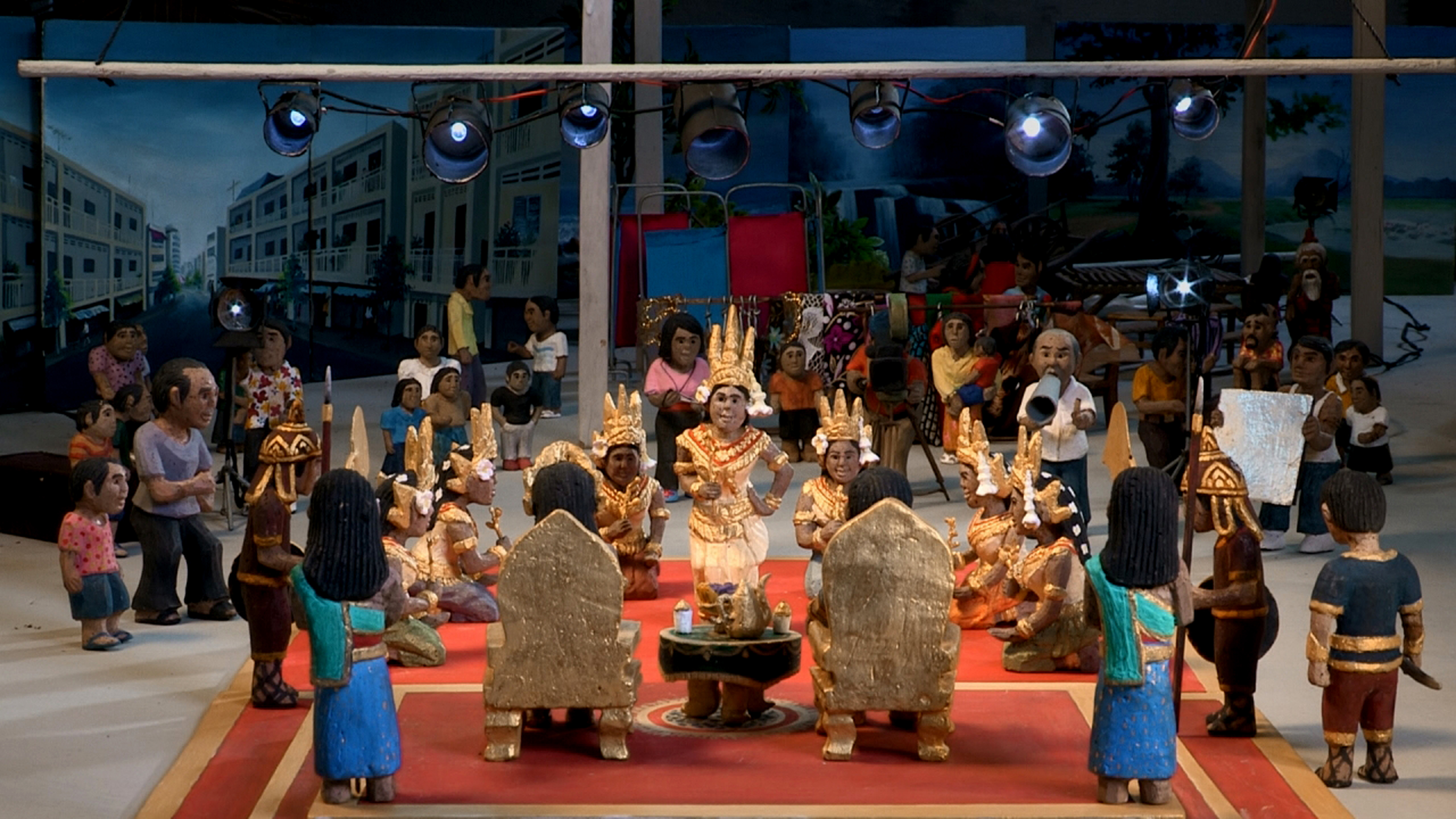The Missing Picture
Runs Fri., April 4–Thurs., April 10 at SIFF Film Center. Not rated. 92 minutes.
The Holocaust was well documented, both by Nazi bureaucrats in their ledgers and Jewish families with their diaries and photo albums. This was not the case during the 1975–79 Khmer Rouge terror in Cambodia, when some 1.8 million perished (about 21 percent of the population) under the genocidal policies of Pol Pot. I give you those numbers because Cambodian director/survivor Rithy Panh does not in his unique and harrowing personal essay film. There’s no voice but his, no perspective but his, and an evidentiary void that he fills by hand. Panh’s whole family was exterminated, leaving hardly a photo or letter behind. Four decades later, living in France, he decides to recreate their record—and by extension Cambodia’s—using crude little painted-clay figurines, placed in tiny film sets, plus archival footage and Khmer Rouge propaganda films.
Panh’s narration muses on many subjects: his schoolteacher father’s love of literature; his musician brother’s disappearance in Phnom Penh before Pol Pot’s “Year Zero” was declared; then the brutality of four years in a labor camp—starvation, children denouncing parents, executions, and worse. “How is it that I’m here?” the grown Panh asks. He works through the answers in small, static dioramas: atrocity reduced to the tabletop, human suffering at 1/32˝ scale.
While the Khmer sought to “perfect” society by destroying the bourgeoisie, Panh’s little clay figures—eyes and mouths sometimes locked open, as if screaming—are rough-hewn and defiantly imperfect. Each tableau illustrates Panh’s account with almost childlike simplicity, so unlike the Khmer’s chillingly staged propaganda reels. In the latter we see the endless snaking line of a basket brigade, moving earth by hand to create a dyke or levee. The procession has been cruelly choreographed for the camera, a revolution realized only on film, says Panh. His humble effigies contradict that totalitarian impulse. This is an alternate handmade history, incomplete and sometimes opaque, unlike anything you’ve ever seen.
bmiller@seattleweekly.com








